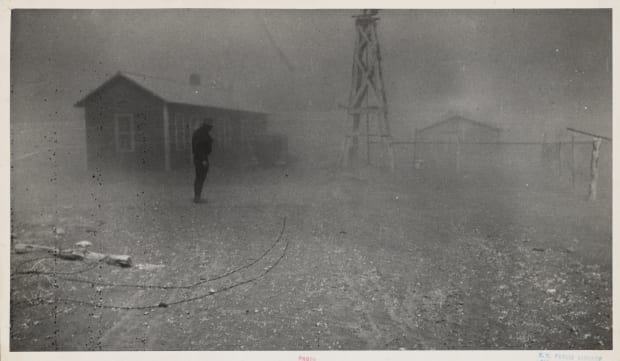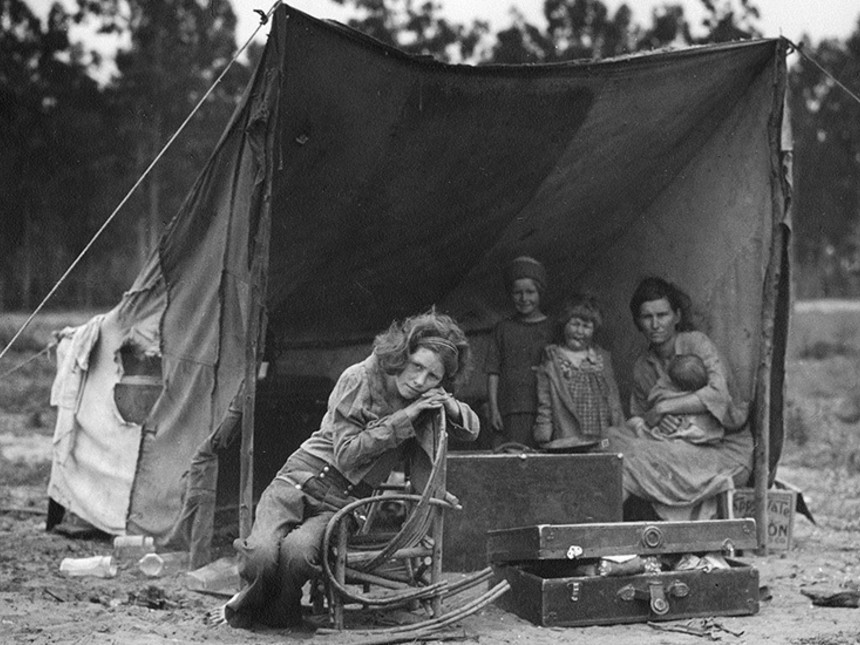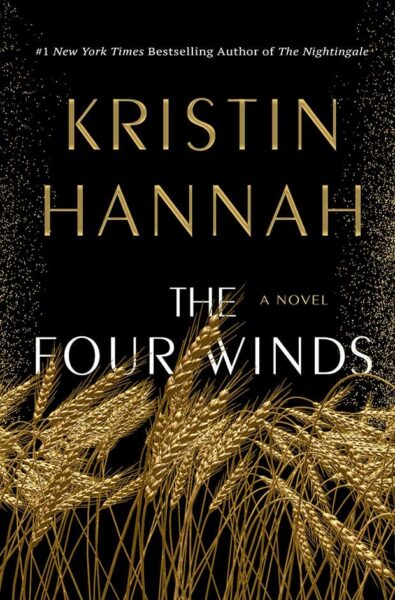Chris’s Pick
May, 2021
The Four Winds
Kristen Hannah
St Martin’s Press,
Published February, 2021
The Grapes of Wrath
John Steinbeck
Published April 14, 1939
Kristen Hannah’s newest novel is an American story of adversity, desperation, and courage, that begins by enveloping the reader in the hardship of the 1930’s. Coinciding with the Great Depression, eight years of drought, multiplied by damaging agricultural practices, has turned the Southern Plains into a “Dust Bowl”.
Elsa Martinelli lives with her husband’s family in the Texas panhandle, and, like thousands of small farm owners, has been struggling to survive as they lose everything to the unrelenting weather, and then to the bank. Her husband has fled the family, leaving Elsa with two small children and his aging parents. At long last, she makes the agonizing decision to leave the farm in search of a better life in California. Leaflets papering the region promise well-paying jobs in the state where it “never gets cold”. They join the migration of hundreds of thousands of people who arrive to claim the same few jobs, and become ever more desperate for work, shelter, and food. The migrant workers are dehumanized, turned away from hospitals and schools, and paid an unlivable wage by the landowners, who knew that there would be hundreds lined up to take any job at any wage.
Kristin Hannah is a masterful storyteller; the tale is harrowing, yet amidst this backdrop of survival the central theme becomes the mother-daughter relationship, often fraught, but always bound by strength and love.
As I read this book, I kept feeling I was reading a story of America today, with our current pandemic, the devastation of climate change, and hundreds of migrants at our border. This is history is repeating itself. Needing and wanting more of the story, I found John Steinbeck’s masterpiece The Grapes of Wrath within my own bookshelf, and settled down to re-read.
I don’t know if Hannah means to be a social historian with the Four Winds (although she is), but Steinbeck intended to be; his “social realism” spotlighted how the migrant workers were treated, and begged for societal and government reform. He toggles back and forth between the personal story of the Joad family and the collective story of the migrants.
“How can you frighten a man whose hunger is not only in his own cramped stomach but in the wretched bellies of his children? You can’t scare him — he has known a fear beyond every other.”
The need for simple human dignity becomes a dominant theme, found in the family ties, friendship, and nuanced relationships within the migrant group. As with Hannah’s book, the strongest character in The Grapes of Wrath, though written from a male perspective, is a woman.
Ma Joad:
“She seemed to know that if she swayed the family shook, and if she ever really deeply wavered or despaired the family would fall, the family will to function would be gone.”
I found this book even more compelling now that I am older, with a more panoramic view of life. What hasn’t changed is how beautifully Steinbeck writes: he is a visual writer, a painter almost. It is easy to get lost in his words, and to share his fury.
Both of these books, one new, one an American classic, deserve to be read.
Photographs from the 1930’s by Dorothea Lange



